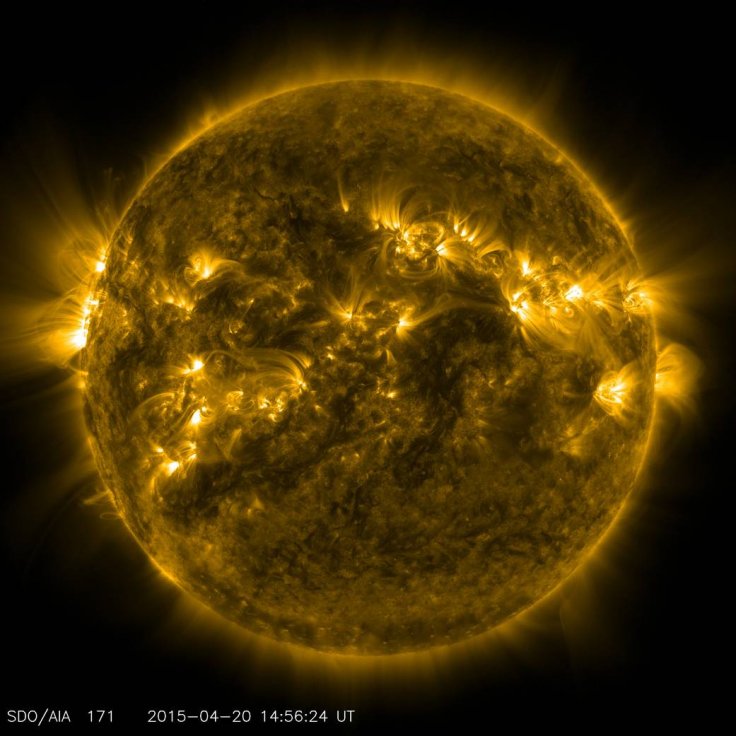
While the entire world is witnessing issues related to environmental safety, a group of international scientists used a hi-tech computer model to assess what will happen to the universe in future. The results stunned them all, as the research stated that within 5-billion-years the Sun will burn out and it will become a vast ring of interstellar gas with dust and that will release the light.
A team that includes Professor Albert Zijlstra, a professor of astrophysics at the University of Manchester in England, tried to assess when the sun will die and what will happen after that. The recent findings are being published in the journal Nature Astronomy.
Zijlstra said, in the absence of the Sun, the image of a planetary nebula, which is a kind of emission nebula consisting of a glowing and expanding shell of ionized gas ejected from red giant stars late in their lives, will be visible for millions of light years from the nearest galaxies.
"Planetary nebulae are among the prettiest objects in the night sky. It is nice to know that the sun will, one day, also make one, even if we won't be around to enjoy it!" he told NBC News MACH.
Researchers call the Sun an ordinary star. They said that if the hydrogen core of the brightest star of this galaxy ends, then the Sun will die.
Due to the nuclear reaction outside, the sun will expand to the size of a red giant. In that case, it would engulf two big planets of this solar system -- Mercury and Venus -- but the source of the earth's light will lose about half of the mass because the outer bark will swell at a speed of 20 kilometers per second. The size of the Sun will be almost 250 times bigger than its current expanse.
The scientist added that the heated core of Sun will emit ultraviolet light and x-rays, and the outer layers will catch and convert into a glowing ring of plasma. The planetary nebula will shine for about 10,000 to 20,000 years.
Zijlstra added in a statement that as per the collected data, "you could get bright planetary nebulae from low mass stars like the sun. The models said that was not possible, anything less than about twice the mass of the sun would give a planetary nebula too faint to see."
An astronomy professor at Williams College in Williamstown, Massachusetts, Dr Karen Kwitter, told MACH that the understanding about the sun's future has "ping-ponged back and forth, now, these newest models say that yes, the sun will produce a planetary nebula."
Zijlstra also told The Guardian that even though nebula of the sun would not be as bright as the ones produced by bigger stars, "If you lived in the Andromeda Galaxy two million light-years away, you'd still be able to see it."
However, in terms of earth's survival after the death of the main energy source, there is a slim chance for the blue planet to exist when the brightest star of the galaxy begins its death throes, reported the New Scientist.
During the speculated process, the sun will lose its gravitational pull on earth and that will allow the planet to migrate to a wider orbit. But, Peter Schröder of the University of Guanajuato in Mexico and Robert Smith of the University of Sussex, UK stated that earth cannot escape from the destruction process.
Even though planet earth survives after the death of Sun, all life externally of the earth will likely vanish long before the scary death of the star. As per the scientists, within 2 billion years the temperature of the planet will be so high that all the oceans will start boiling.









